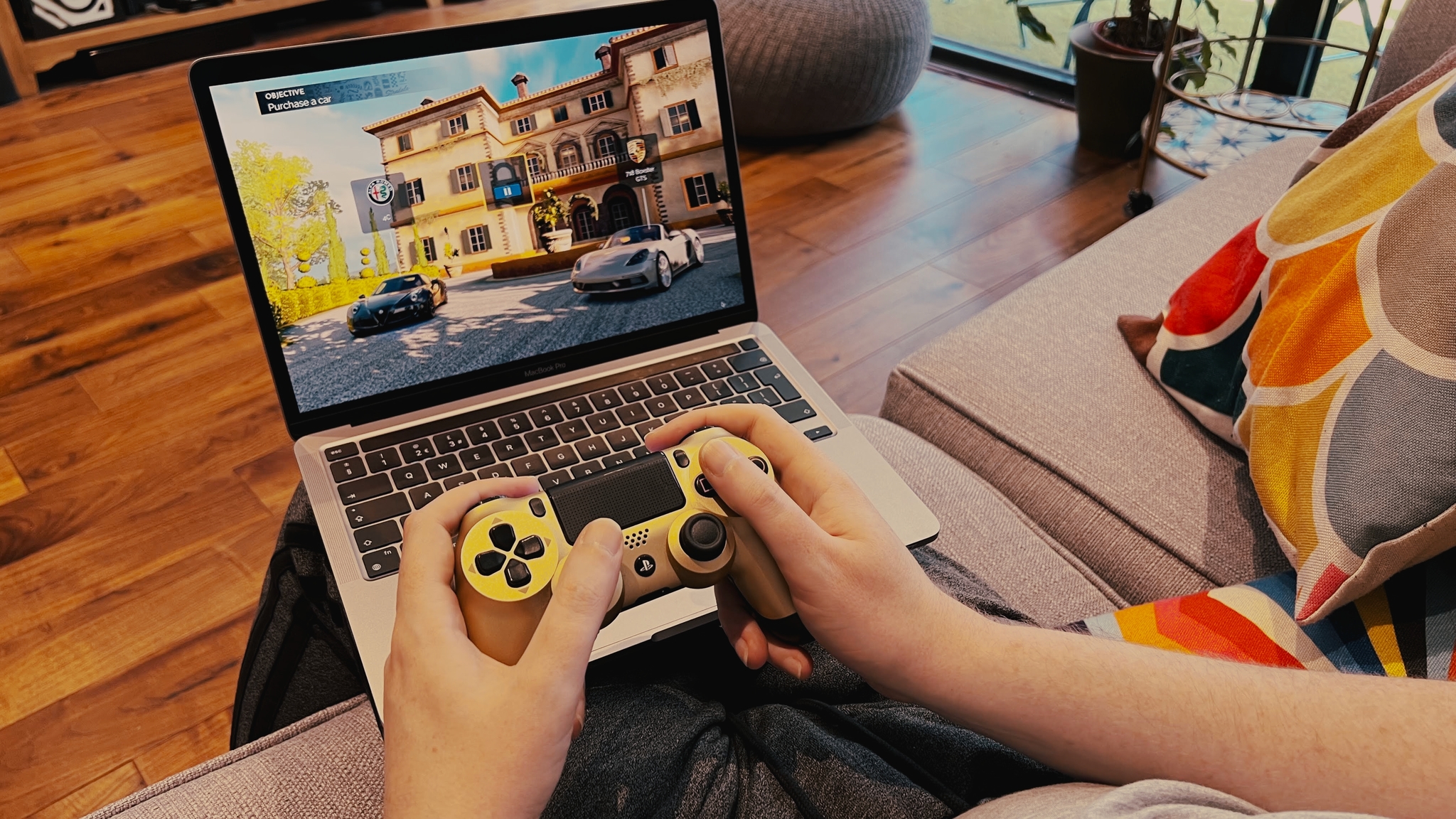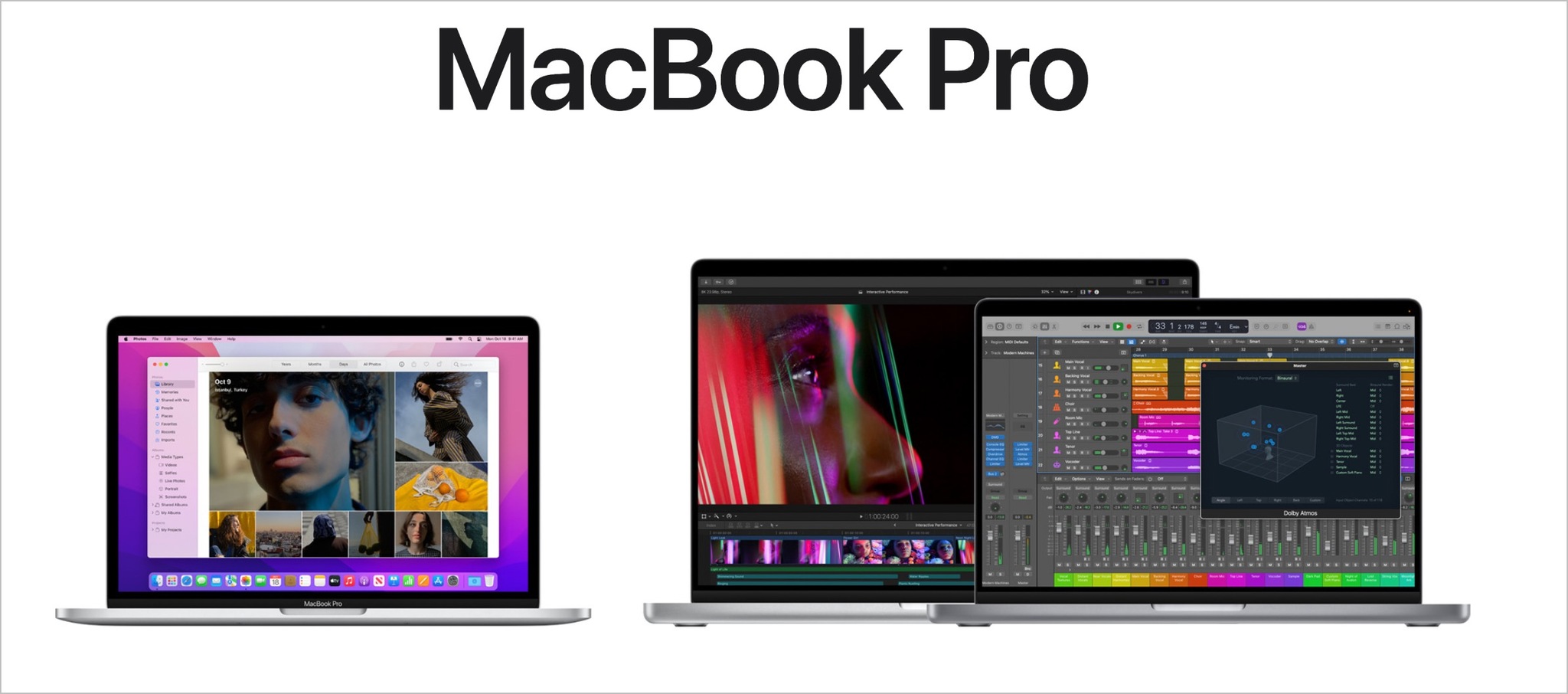Buying a 13-inch MacBook Pro doesn't make sense

My first Apple silicon product was the 2020 13-inch MacBook Pro. In a word, I found the device magical, thanks to its then-all-new M1 chip, which ushered in a new era for Mac. Fast forward about two years, and Apple has announced and released another 13-inch MacBook Pro. This model is nearly the same as its predecessor. However, this time it includes an M2 chip. Unfortunately, I can't recommend the new 13-inch MacBook Pro, despite the intense feelings I had for the early one. However, the reasons for my opinion seem to be getting stronger with each passing day.
Why you shouldn't buy a 2022 13-inch MacBook Pro
Recently, I published two comparison guides about the newest MacBook Pro. First, I looked at the differences between it and the yet-to-be-released 2022 MacBook Air, which also has M2 inside. Then, I quickly compared the 2022 13-inch MacBook Pro with the M1 model.
Neither of these comparisons is particularly harsh concerning the 2022 13-inch MacBook. And yet, both guides point out key reasons why it should be avoided, despite its impressive 4 1/2 star rating. Some of the reasons include:
The 2022 MacBook Air is mostly better
The MacBook Air was never supposed to compete, feature-by-feature, with the MacBook Pro lineup. One didn't need to look at a spec sheet to see this; all you had to do was look at the price differences, which were significant in some instances.
However, this time around, the MacBook Air is much better than the 13-inch MacBook Pro thanks to its superior (and larger) display, updated design, the inclusion of MagSafe 3, and more. There are some areas where the Pro model does best the Air (Touch Bar, improved speakers, more battery life), but overall, most will find the Air much more helpful in their daily routine.
About that dated design
Even in 2020, the 13-inch MacBook Pro's design seemed dated. That's even more the case in 2022 after Apple revealed design updates for every other MacBook on the market, including the previously mentioned MacBook Air, plus the 14- and 16-inch MacBook Pro. Design, in this case, isn't just about how the laptop looks on the outside. The 13-inch MacBook Pro is also behind the other MacBook models in terms of the FaceTime HD camera quality (720p vs. 1080p), the aforementioned MagSafe charging port, and, in the case of the Pro models only, more storage and unified memory choices.
Storage speed
Recently, some reviewers have discovered slower SSD speeds at the entry-level (256GB) for the 2022 MacBook Pro versus the 2-year-old 2020. However, Rene Richie has concluded that this isn't the case with the 1TB and 2TB models.
Why the speed differences at the lower end? Apple isn't saying, although there probably wouldn't be an explanation that would make sense. A bigger shoe might drop once the 2022 MacBook Air is released to the public in a few weeks. Will this model's SSD speed also best those of the 13-inch MacBook Pro?
What is a "Pro" model?
Apple isn't the only technology company that throws around words in product titles like "Plus," "Max," and "Pro." These words always alert the consumer that product A is better than product B because of x, y, and z. I have noted the oddity of the 2022 MacBook Air at besting the 13-inch MacBook Pro on almost every point. However, it's also important to note the many differences between the newer 13-inch MacBook Pro and the older 14- and 16-inch models.

From the display and chip quality to the storage and memory availability, the number of available ports, and more, the 13-inch MacBook Pro has no business being placed next to the other two models. Sure, from a budgetary perspective, the $700 separating the least expensive 13-inch model from the least expensive 14-inch model is a big deal. But guess what? The better entry-level MacBook Air is $100 less than the least expensive 13-inch MacBook Pro.
Here's perhaps a better idea. The 14- and 16-inch MacBook Pro models are identical except for their display sizes. For this, there's a $500 difference that separates both models. If Apple's committed to offering a 13-inch MacBook Pro, have future models be identical to next-gen 14- and 16-inch versions except for the display size — and nothing more. For this, charge $500 less than the least expensive 14-inch model. In other words, make the entry-level 2023 13-inch MacBook Pro $1,500, and call it a day. A better idea: Skip the 13-inch MacBook Pro altogether and let this size be exclusive to the MacBook Air.
Just a bad decision
I remain convinced the only reason the 13-inch MacBook Pro continues to exist is because of supply overages. It could also be that Apple expects significant supply restrains for the upcoming 2022 MacBook Air so it thought it wise to have at least one 13-inch MacBook in plentiful supply. Since 2020, Apple has done a great job at revamping its MacBook lineup thanks to the introduction of Apple silicon, so it can be forgiven for what it has done with the 13-inch MacBook Pro. It's still a head-turning move nonetheless.
What do you think? Should Apple have discontinued the 13-inch MacBook Pro, modify, or cancel it? Should it be one of the best MacBook Pros on the market?
Master your iPhone in minutes
iMore offers spot-on advice and guidance from our team of experts, with decades of Apple device experience to lean on. Learn more with iMore!

Bryan M. Wolfe has written about technology for over a decade on various websites, including TechRadar, AppAdvice, and many more. Before this, he worked in the technology field across different industries, including healthcare and education. He’s currently iMore’s lead on all things Mac and macOS, although he also loves covering iPhone, iPad, and Apple Watch. Bryan enjoys watching his favorite sports teams, traveling, and driving around his teenage daughter to her latest stage show, audition, or school event in his spare time. He also keeps busy walking his black and white cocker spaniel, Izzy, and trying new coffees and liquid grapes.
